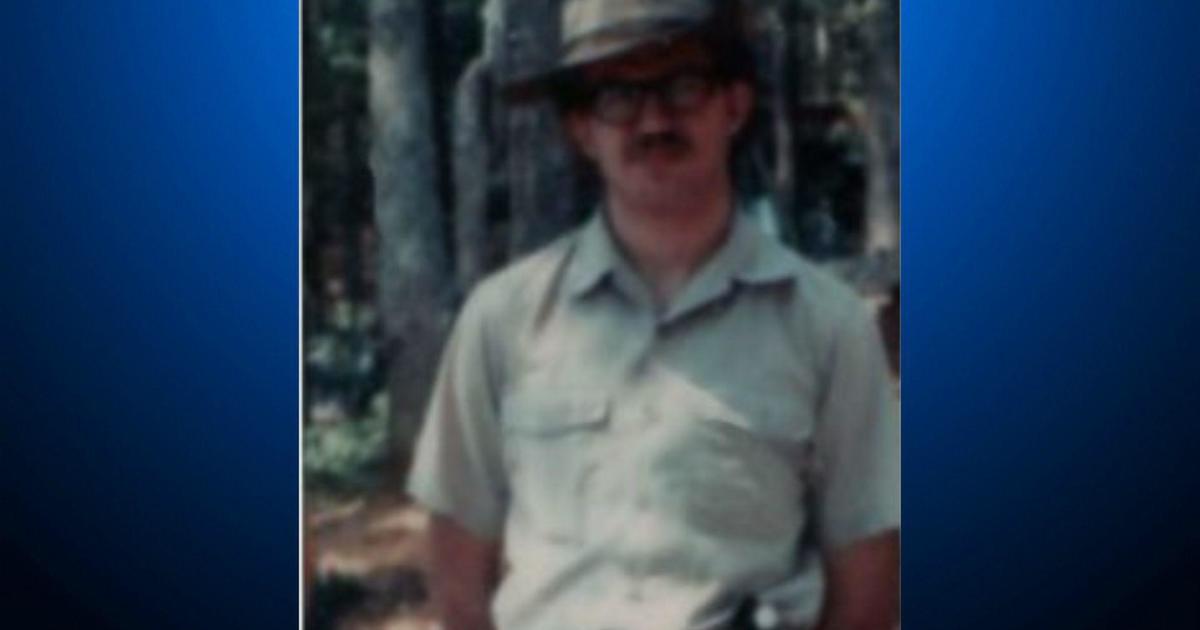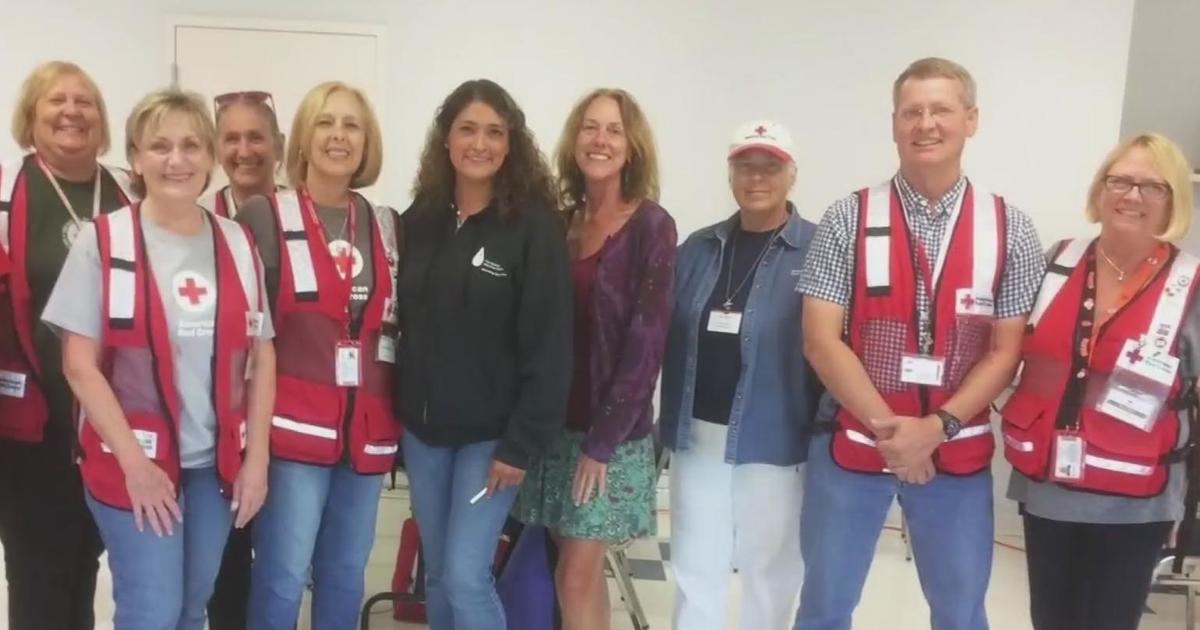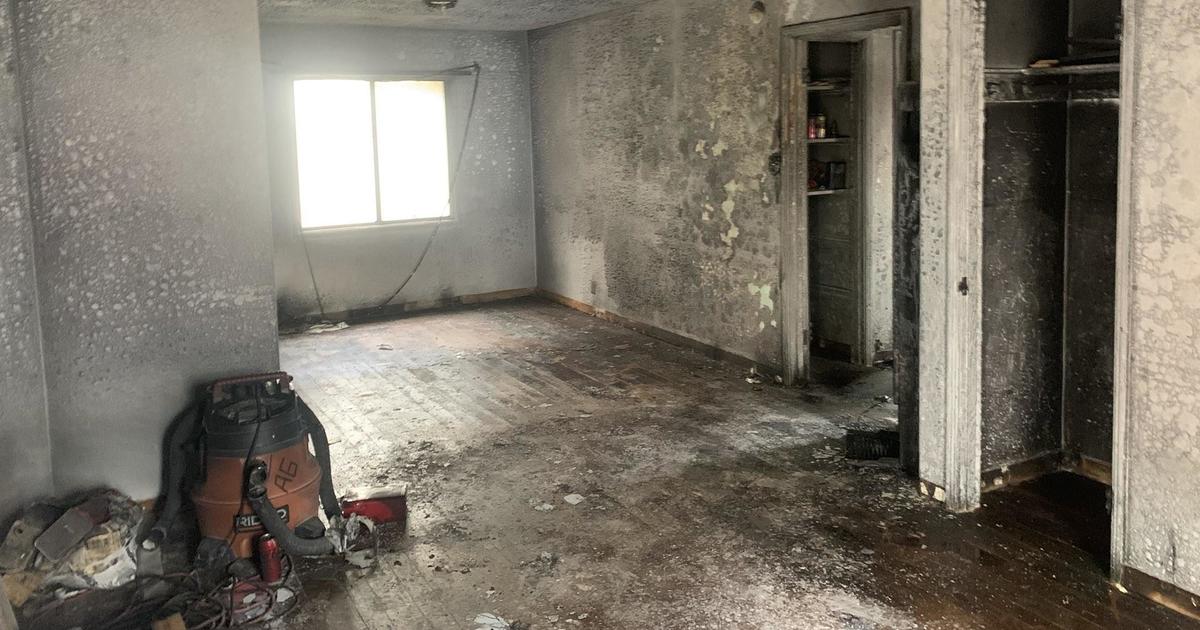More Rain In Santa Cruz Mountains Raises Soil Saturation Concerns
SANTA CRUZ COUNTY (CBS SF) -- As the storm watch continued Wednesday evening with more rain from the latest system, parts of the CZU Complex Fire burn scar could see an increase in potential debris flow.
Creeks are rushing in the Santa Cruz Mountains and the ground is still wet, days after an atmospheric river pummeled the region and just as more rain was beginning to fall.
"It was wild. Super blustery. Rain sheets non-stop," said Boulder Creek resident Jackie Wright.
Rain fell again in Boulder Creek on and off throughout the day on Wednesday, and more is expected in the coming days. The forecast continued precipitation has residents wondering if the hillsides in the area can handle it.
"Are we going to get evacuated? Are we not? Are there going to be debris flows? Are there not?" asked Felton resident Rebecca Vangilder.
During periods of heavy rainfall since the CZU Complex Fire in 2020, people who live in and around the burn scar have faced evacuation warnings and orders numerous times.
Dr. Laura Sullivan-Green, a professor and chair of the Civil and Environmental Engineering Department at San Jose State University, says the risk of mudslides and debris flows will likely be a regular concern in the area for a few years.
"We're going to see that all of these burn scar areas are going to be at risk for mudslides and debris flows for several years after the fire has taken place," she said.
The risk is heightened during periods of heavy rain, where the soil can't soak up all the moisture quickly enough.
"When the soil gets saturated, if more rain falls onto that soil, that water will run off and it can take any loose soil or debris with it and create mudslides or debris flows," Sullivan-Green said. "Soil absorbs rain easier when we have a slow and steady rainfall. Unfortunately, the rainfall this season has tended to be with these atmospheric rivers that dump a large amount of water over a relatively short amount of time."
Noah Finnegan, a professor of Earth and planetary sciences and geomorphologist at UC Santa Cruz, says the soil after a fire doesn't absorb water as well as regular soil.
"The recently burned soils tend to not absorb water as effectively as unburnt soils do, so that's why you get water running off these steep hillslopes," Finnegan said. "You've got more water combined with soils that are more erodible, which can lead to debris flows."
He estimates the post-fire debris flow hazard will start to decline after a period of around two years.
"That's the timeframe that we're usually thinking about, where the hazard has substantially declined. That being said, a lot of our understanding of post-fire erosion hazards comes from Southern California because up until recently, that was really where all the fires were," Finnegan said. "As fire starts to expand throughout the state, these sort of rules of thumb that we've developed from studies in Southern California -- we're still not totally sure how well they apply to places like the Santa Cruz Mountains. But based on what is known currently, yeah, a couple of years."
Wright says she thinks it's something people who live in the mountains will have to get used to living with.
"I see fires and debris flow being a thing of our future," she said. "Know your evacuation zone, because before you know it, you've gotta leave."



